Have you ever watched a rescue cat quietly transform before your eyes? There’s magic in their resilience—a soft, silent strength that whispers in their every move. Healing for these cats is an emotional rollercoaster, filled with small victories and secret signals that most people miss. If you’ve ever wondered what’s happening in the heart and mind of a rescue cat as they start to feel safe, you’re about to discover the subtle signs that say, “I’m healing.” Get ready for a journey into the secret world of rescued felines—one that’s touching, surprising, and even a little bit mysterious.
Seeking Out New Hiding Spots
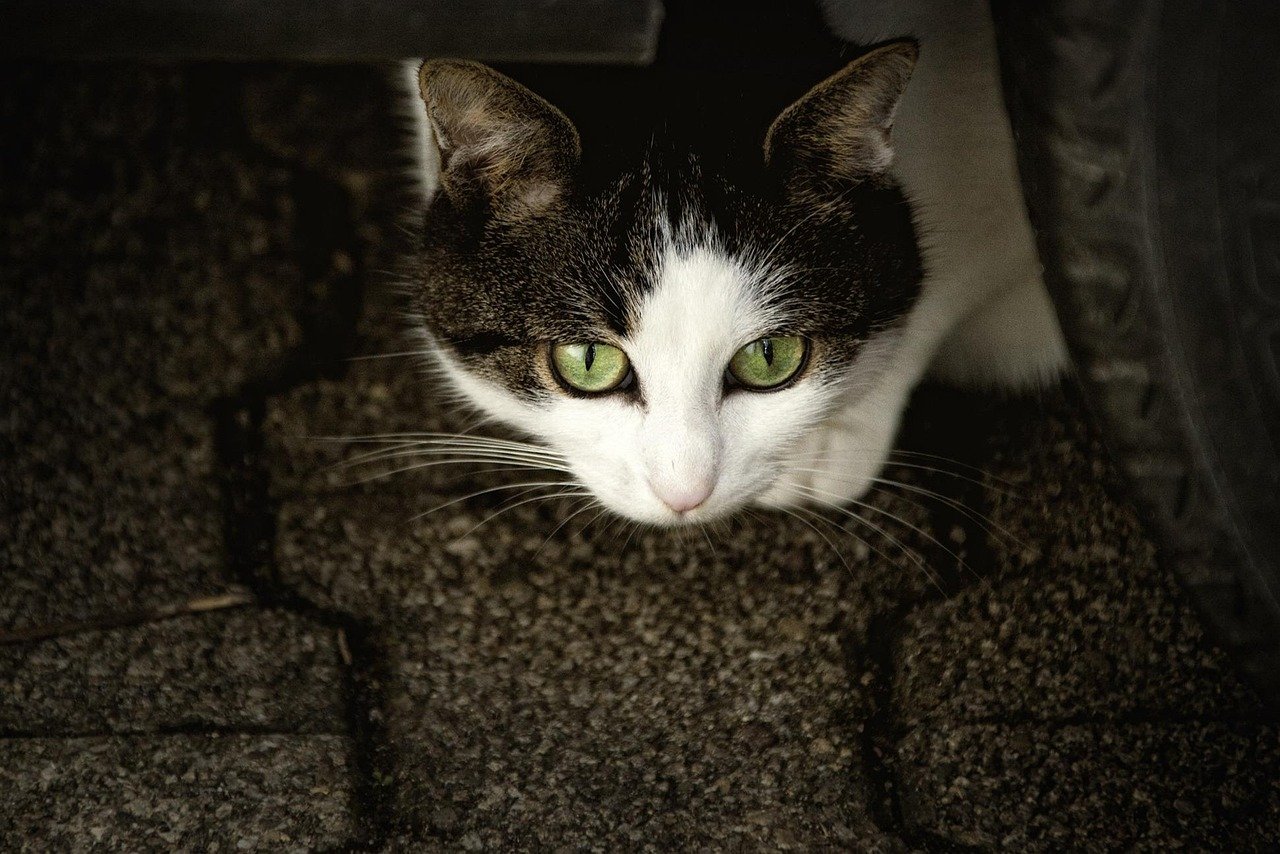
One of the first things you’ll notice in a healing rescue cat is their tendency to seek out different hiding spots. At first, they might squeeze into the smallest, darkest corners, desperate to feel invisible. But as their confidence grows, their hiding places change. Instead of stashing themselves under beds or behind heavy furniture, they may begin lounging behind curtains or under a table—places where they can watch the world but still feel safe. This shift signals that your cat is slowly trusting their environment. Their curiosity is awakening, and though they’re not quite ready to be in the open, they’re getting braver every day. Watching this behavior is like witnessing a flower bloom—slow, delicate, and absolutely beautiful.
Slow Blinking at Caregivers
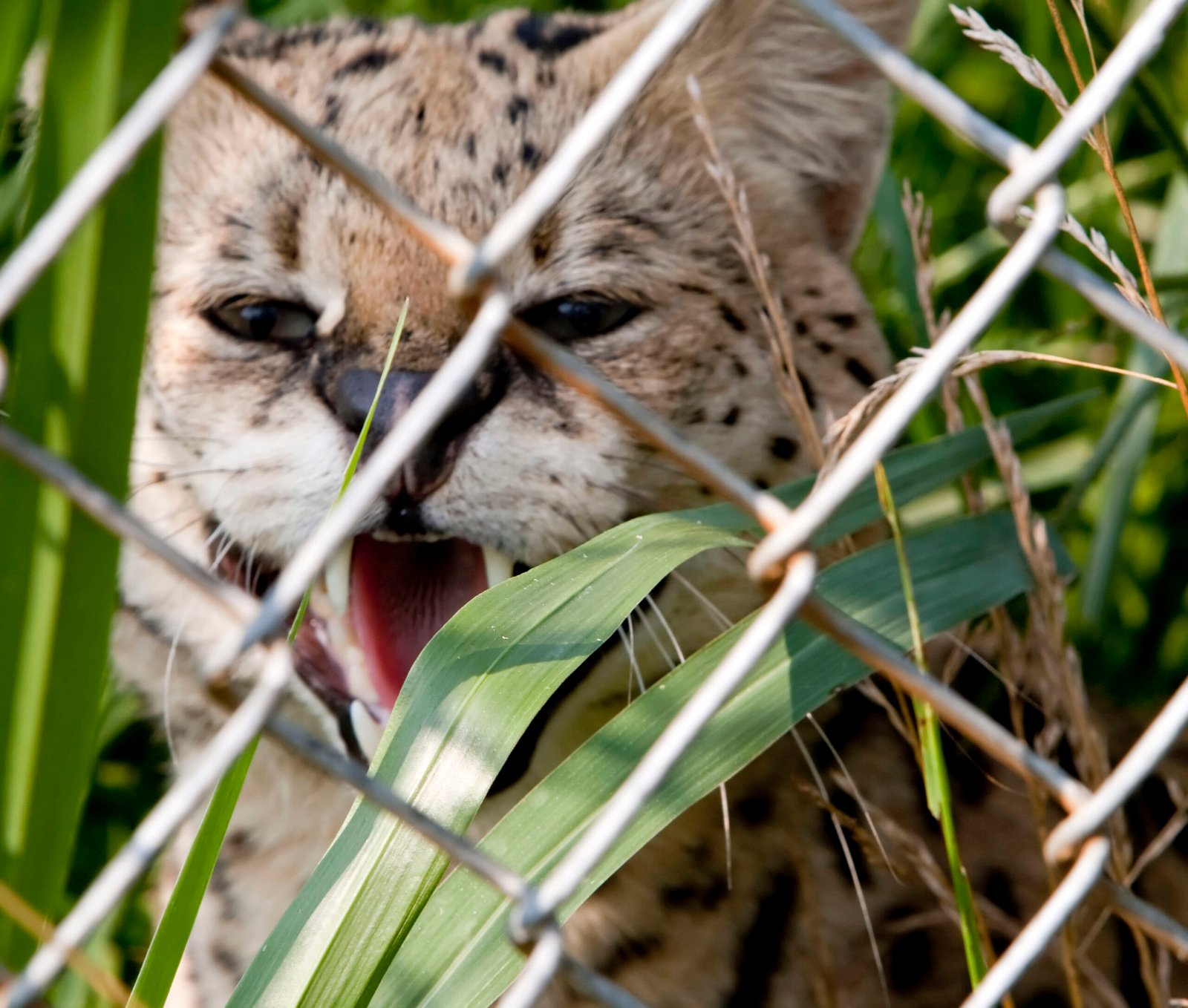
If a rescue cat starts to slow blink at you, consider it a feline love note. Cats use slow blinking as a way to express trust and affection, especially after trauma. In the beginning, rescued cats might stare with wide, fearful eyes, never letting their guard down. But as they heal, those heavy lids soften, and you might catch them giving you a dreamy, languid blink. It’s their way of saying, “I’m starting to feel safe around you.” Responding with your own slow blink can deepen your bond, creating a silent conversation built on trust. This tiny gesture is like a secret handshake between friends, invisible to most but deeply meaningful.
Eating Alone, Then With Others

Food is more than just fuel for a rescue cat; it’s a barometer of their emotional state. When cats are scared or stressed, they often refuse to eat or only nibble when no one’s watching. But as they heal, you’ll notice them eating more consistently, sometimes even venturing out to eat while you’re in the room. The bravest will eventually join other cats or even their humans during mealtime, which is a huge leap forward. This shift from solitary snacker to social diner shows that your cat is overcoming their fears. Each bite in your presence is a tiny, delicious victory.
Gentle Grooming Sessions
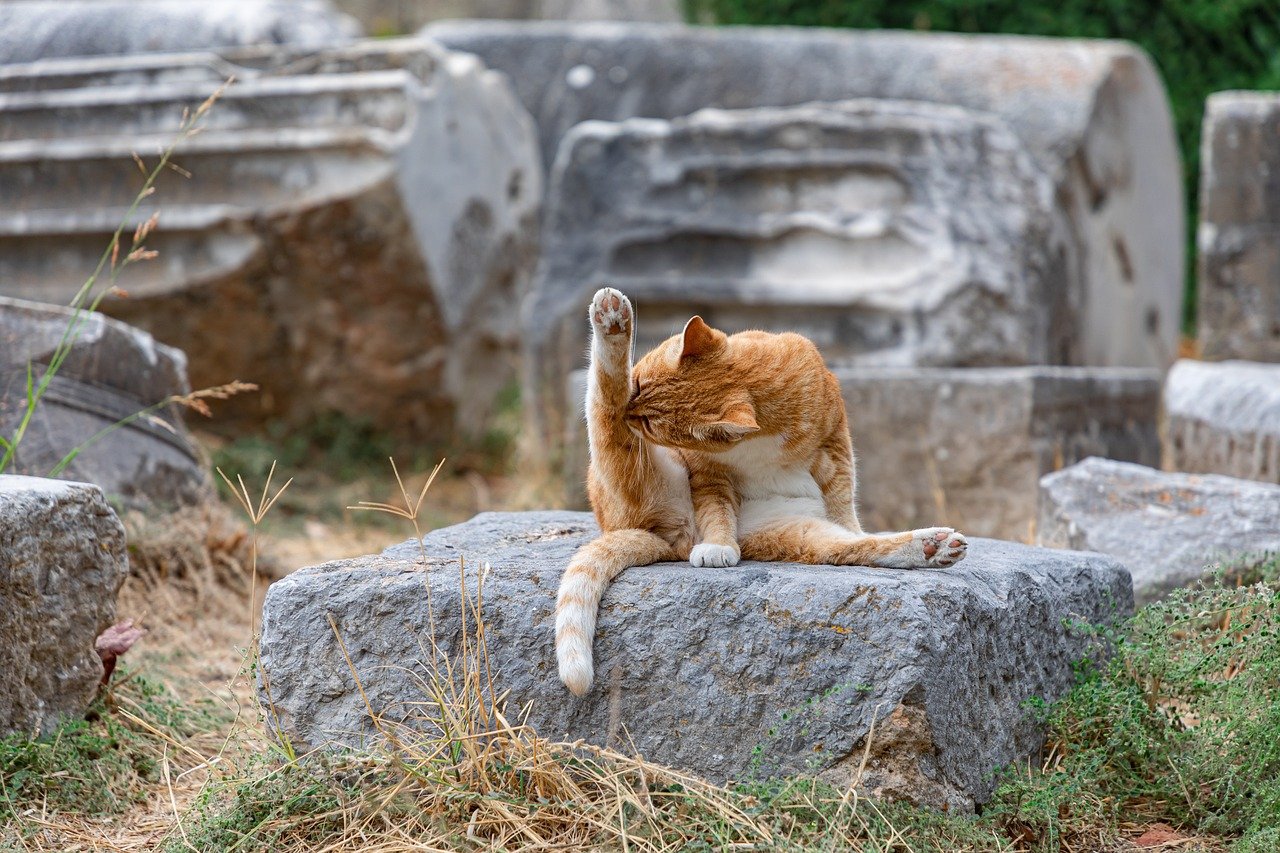
Grooming is more than just a cat’s way of staying clean; it’s a key sign of emotional recovery. When trauma is fresh, many rescue cats neglect their grooming, their coats becoming dull or matted. As they begin to heal, you’ll see them licking their fur, carefully washing their faces, or even grooming other cats in the house. This return to self-care means they’re feeling safer and more at ease. It’s like watching someone smile again after a long period of sadness. Grooming is a cat’s way of reclaiming comfort and self-respect, one paw swipe at a time.
Quiet Vocalizations or Soft Purring

The first sounds from a healing rescue cat are often whispers—a tentative chirp, a barely-there purr. Cats who have suffered may start out silent, hiding their voices as they hide themselves. But as they begin to trust, their vocalizations return. You might hear a soft trill when you enter the room or a gentle purr as you pet them. These sounds are their way of reaching out, a shy invitation to connect. It’s as if they’re testing the waters, seeing if it’s safe to be themselves again. That first purr is always a moment to remember.
Minimal but Meaningful Play

Play is the language of joy for cats, but rescue cats often forget how to play after trauma. Healing shows itself in the tiniest flickers—a swat at a dangling string, a chase after a shadow, a playful roll on the floor. At first, these moments are rare and fleeting, but they mean everything. Play signals that your cat is regaining their sense of curiosity and fun. It’s as if a light switch flips on, and suddenly, there’s a kitten hiding just beneath the surface. Each playful moment is a celebration—a leap toward happiness.
Exploring Their Territory Gradually
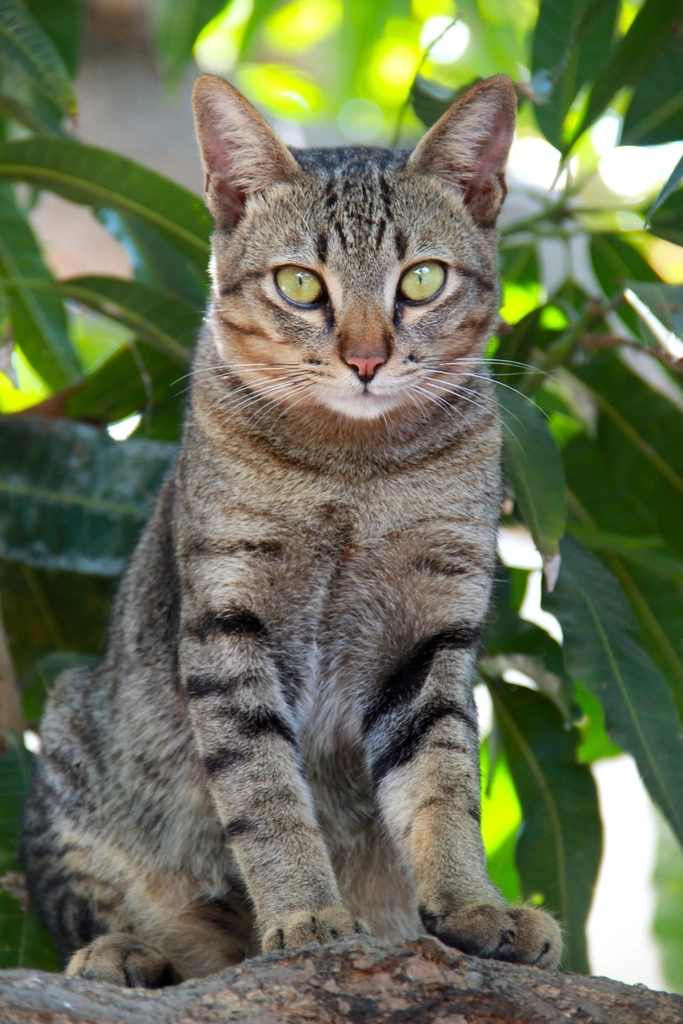
Healing cats expand their world slowly, one paw at a time. You may notice your rescue cat starting to explore rooms they once avoided, pausing at doorways with cautious interest. At first, they’ll stick close to the walls or dart from hiding place to hiding place, but their circles get wider as confidence builds. This gradual exploration is a clear sign that your cat is getting comfortable and learning to trust their new home. It’s a process filled with tiny triumphs—each new corner explored is a story of courage.
Touch Acceptance and Initiation

Touch can be terrifying for a traumatized cat. At first, even the gentlest hand can send them running. But as healing progresses, you’ll notice them tolerating—then seeking out—physical contact. They might sit just close enough to brush against your leg or lean into a careful stroke. Some will even nudge your hand for more. This behavior is deeply moving, a tangible sign that they’re learning love doesn’t always hurt. When a rescue cat chooses to initiate touch, it’s a silent thank you for your patience and care.
Sleeping in the Open
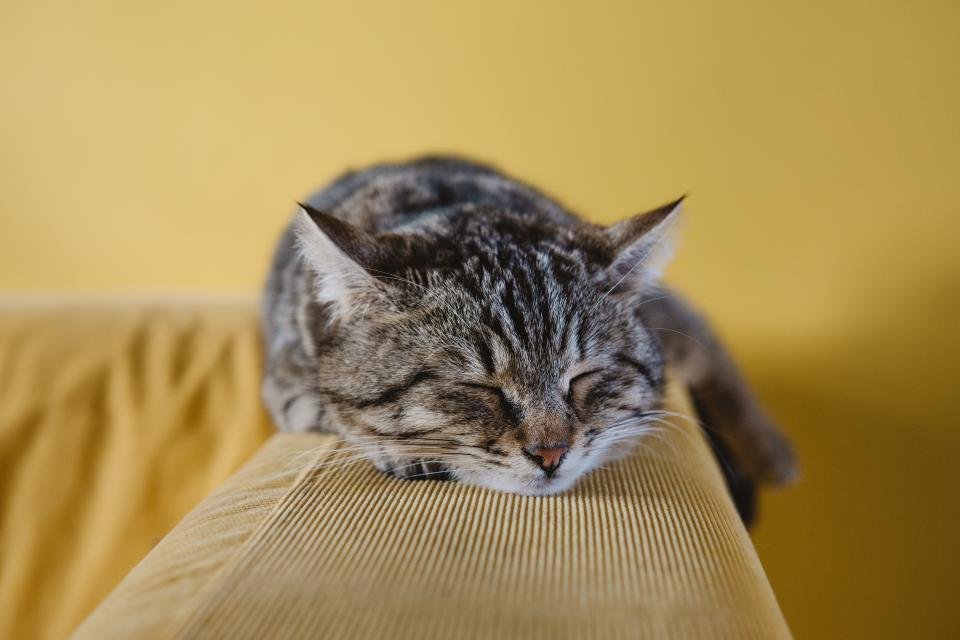
Vigilance is survival for a rescue cat, especially in the early days. You’ll often find them sleeping with one eye open, tucked into the tightest spaces they can find. Healing turns that anxiety into trust. Suddenly, you’ll see your cat sprawled out on the couch, belly exposed, sleeping deeply in the sunlight. This vulnerability is a sign that they feel safe—safe enough to let their guard down and truly rest. It’s a huge step, and it never fails to tug at the heartstrings.
Subtle Head Butts and Face Rubbing
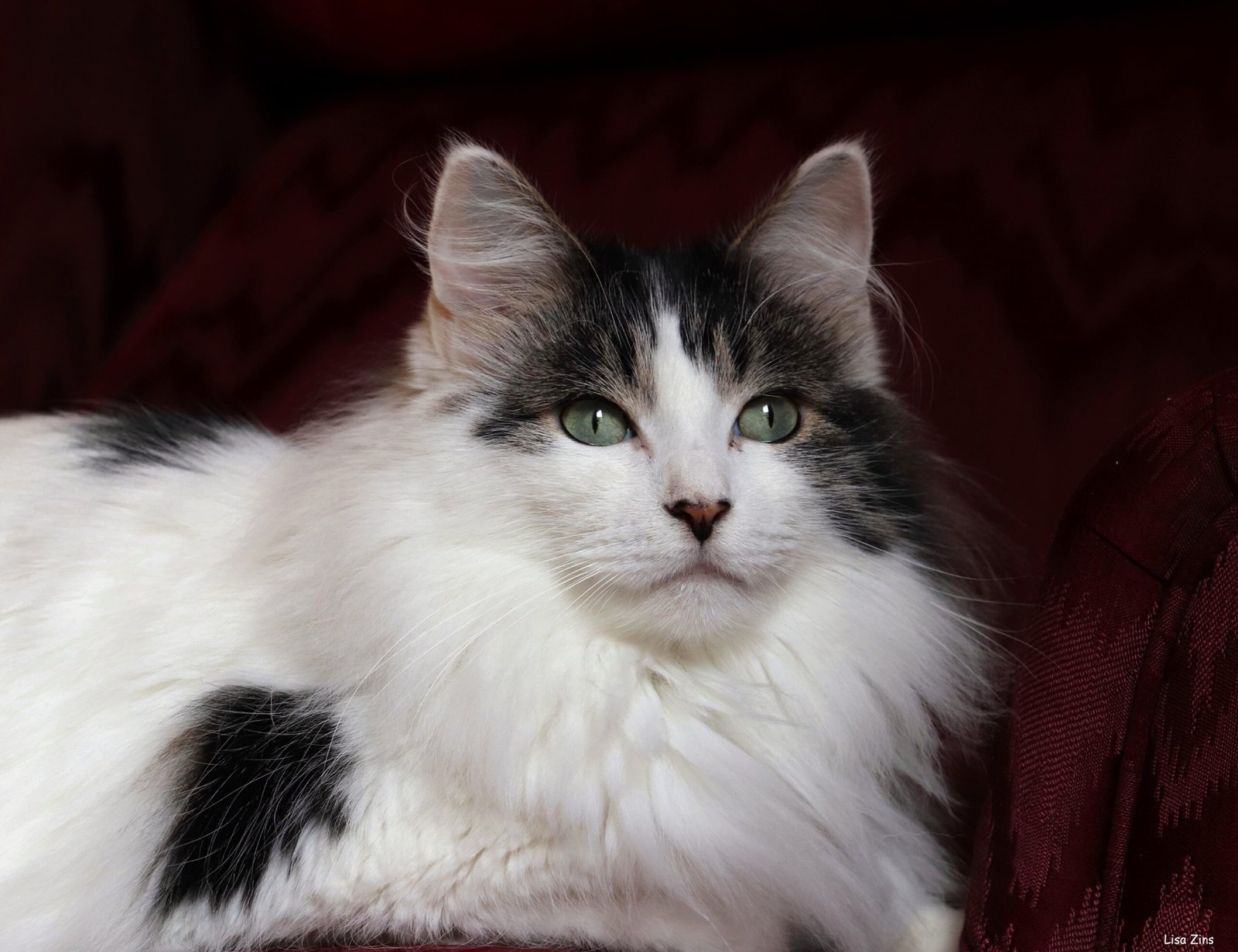
When a rescue cat begins to heal, they may start to display affectionate gestures like head butts or rubbing their face against you. These actions are more than adorable quirks—they’re a sign of deep trust. Cats have scent glands on their cheeks and heads, so when they rub against you, they’re marking you as part of their safe circle. Early on, these gestures might be rare, but as time goes by, they’ll become more frequent and enthusiastic. It’s their way of saying, “You belong to me, and I belong to you.”
Following Their Human Around
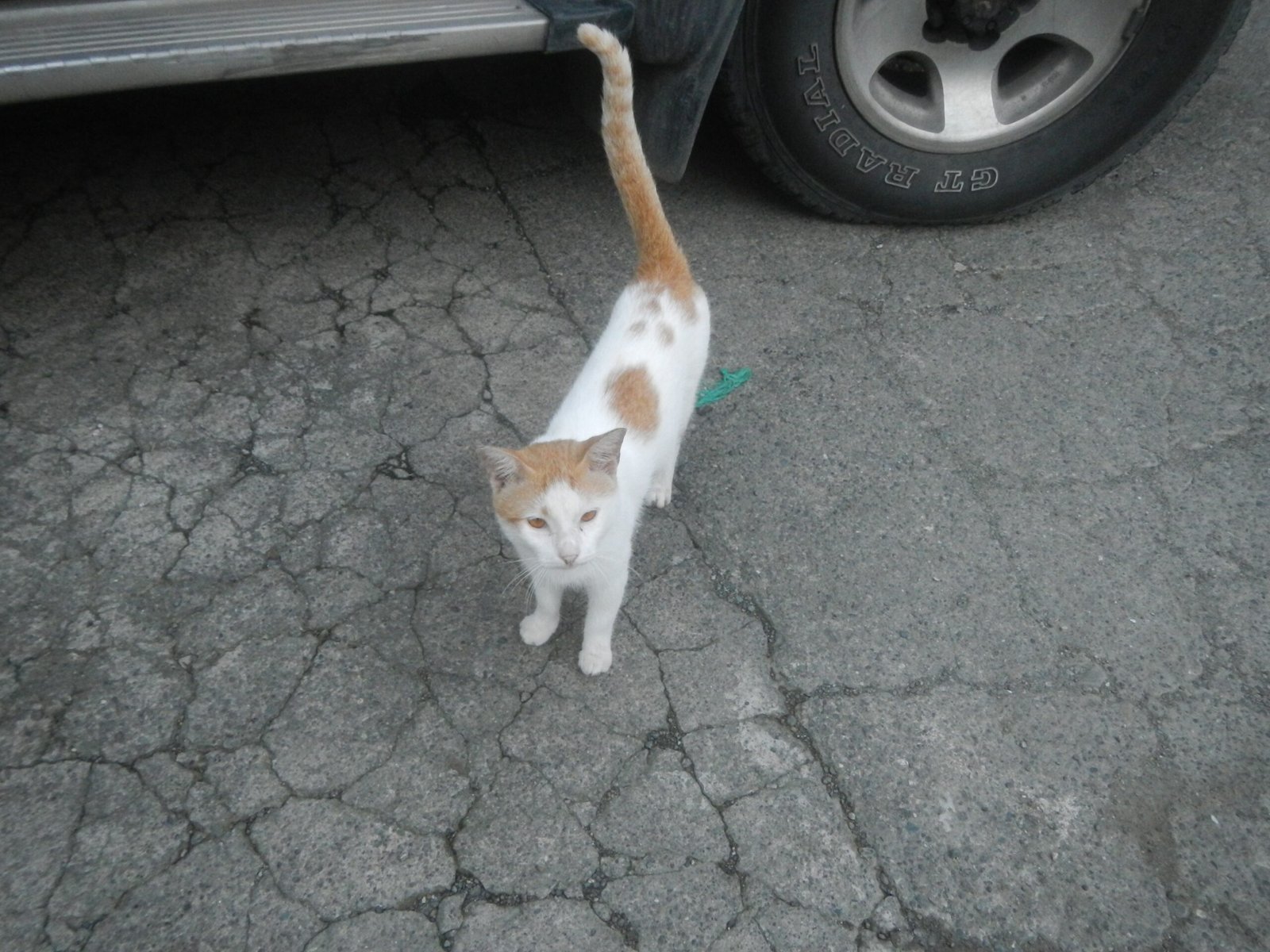
In the beginning, a rescue cat might keep their distance, observing you from afar. But as healing takes hold, you’ll notice them shadowing your steps, appearing in rooms you never expected. They might not get too close at first, but their curiosity draws them nearer. Eventually, they’ll follow you from room to room, maybe even plopping down beside you as you work or watch TV. This newfound companionship is a sure sign that your cat feels safe and connected. They’re choosing you, again and again.
Responding to Their Name

A traumatized cat often ignores voices, tuning out the world in self-protection. But as trust grows, you’ll see them start to respond when you call their name. Maybe it’s just a flick of the ear at first, then a turn of the head, and finally, a slow approach. This response is more than recognition—it’s a sign that your cat is ready to rejoin the world. They’re connecting, listening, and opening their heart to the sound of your voice.
Accepting Treats by Hand
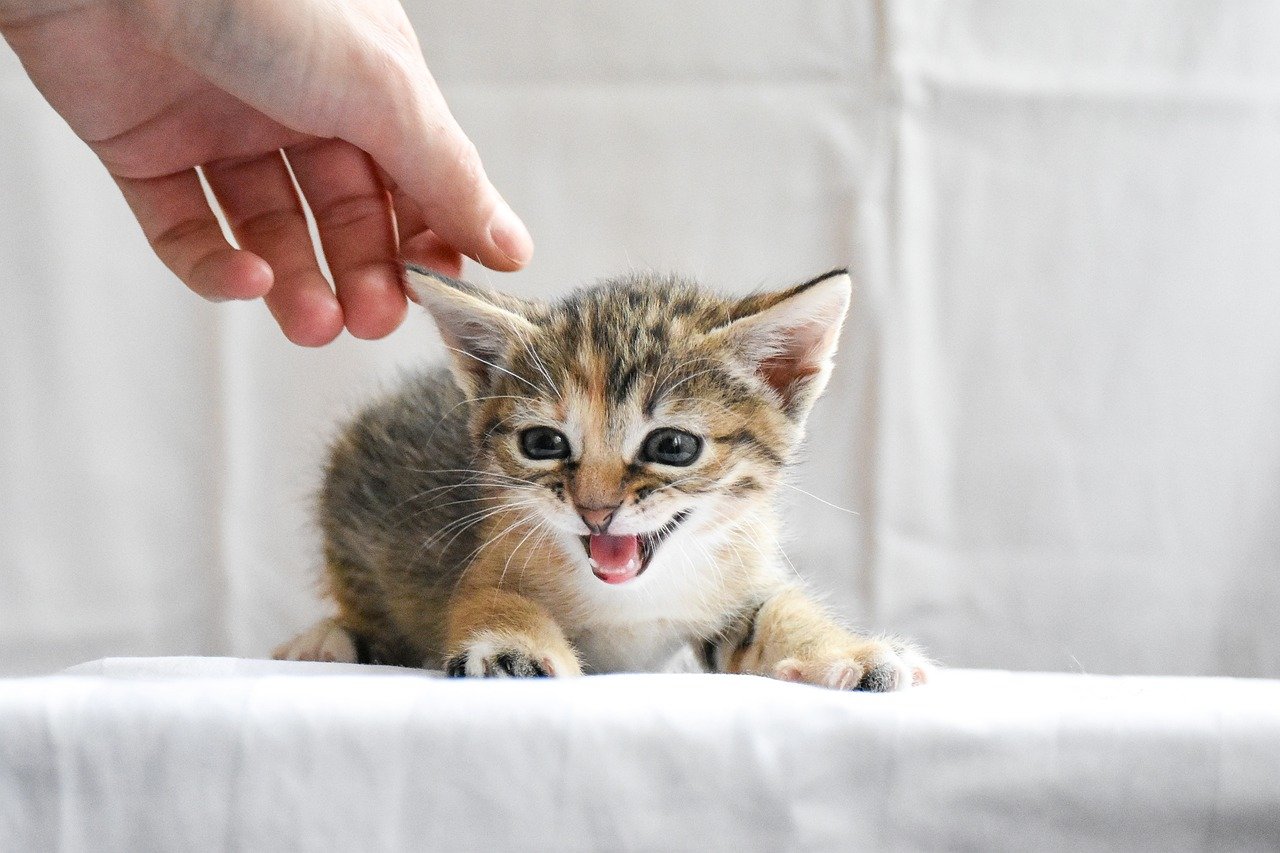
Food is powerful, but for a nervous rescue cat, taking treats from your hand is a giant leap of faith. Early on, they might only eat if you leave the treat and walk away. Over time, though, they’ll inch closer, eventually taking the treat from your palm. This simple act is loaded with meaning. It shows that your cat is beginning to associate you with good things, and that their trust in you is growing. Every treat accepted is a small win in the journey toward healing.
Engaging With Toys and Enrichment

A healing cat will gradually show interest in toys and enrichment activities. At first, they might ignore catnip mice or feather wands, too anxious to let down their guard. But as they begin to feel secure, you’ll notice them batting at toys, chasing balls, or even engaging in puzzle feeders. These playful moments are vital—they’re proof that your cat is rediscovering joy and stimulation. Encouraging this behavior can help accelerate their emotional recovery.
Vocalizing When Left Alone

Some rescue cats develop a habit of vocalizing when they’re left alone. While this can be a sign of separation anxiety, it’s also an indicator that your cat has formed a bond with you. In the early stages, a rescue cat might not care if you come or go. But as they heal, they start to miss your presence. Calling out for you is their way of saying, “You matter to me now.” It’s bittersweet but shows how far they’ve come from their days of isolation.
Displaying the “Happy Tail”
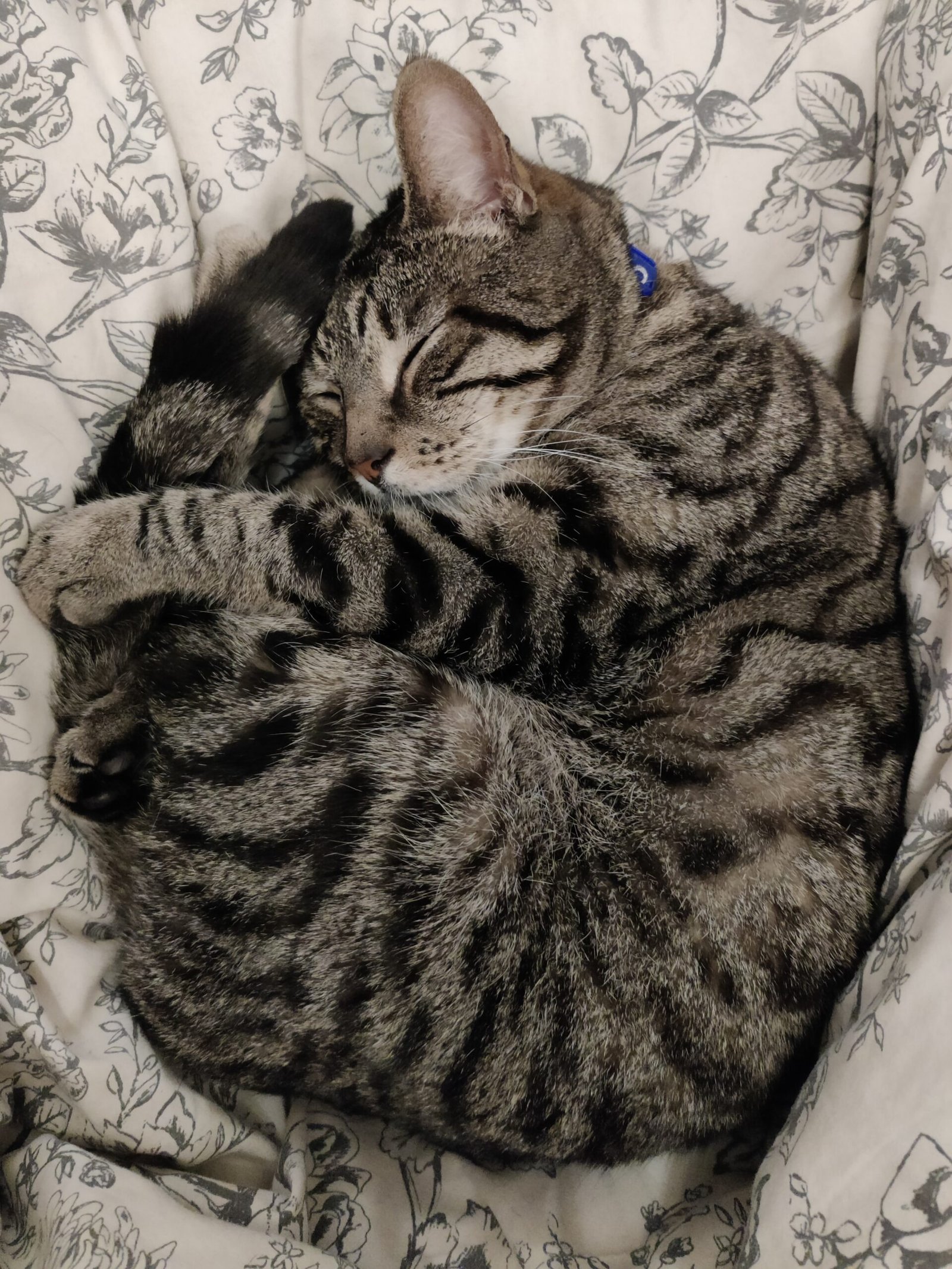
A cat’s tail is a barometer of their mood. When a rescue cat is anxious or scared, their tail is often low, tucked, or bristled. As they heal, you’ll see their tail held high, sometimes even with a little curve at the tip—a sure sign of contentment. This “happy tail” signals confidence and comfort in their environment. It’s a subtle but powerful indication that your cat is starting to feel at home.
Making Biscuits (Kneading)
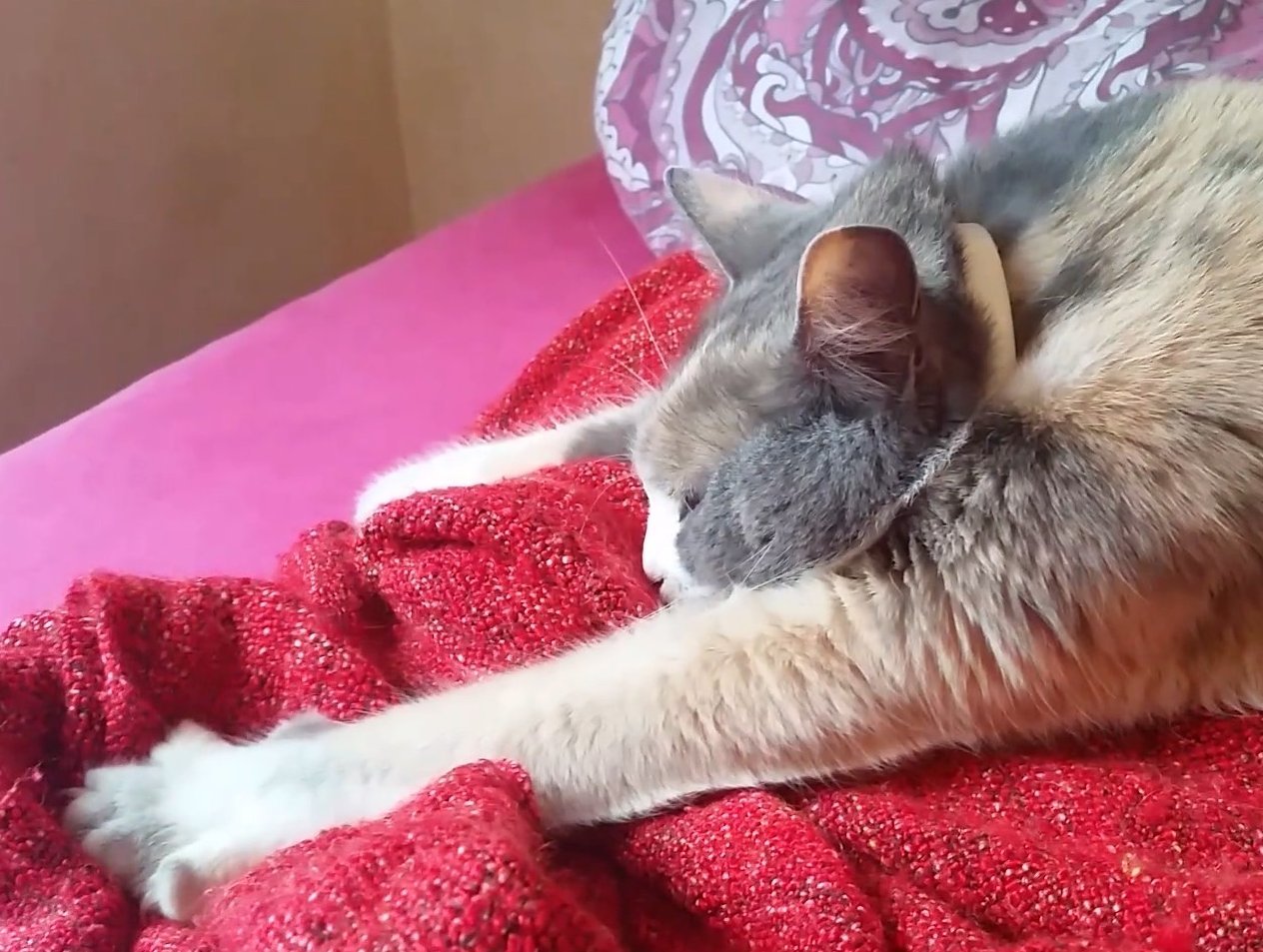
Kneading, or “making biscuits,” is an endearing behavior where cats rhythmically press their paws into soft surfaces. This action harks back to kittenhood, when they kneaded their mother’s belly for milk. When a rescue cat starts kneading in your presence, it’s a deeply emotional sign—they’re feeling safe and nurtured, as if you’re their family now. Watching a once-fearful cat knead contentedly is pure magic, a testament to the healing power of love.
Allowing Belly Rubs (With Caution)
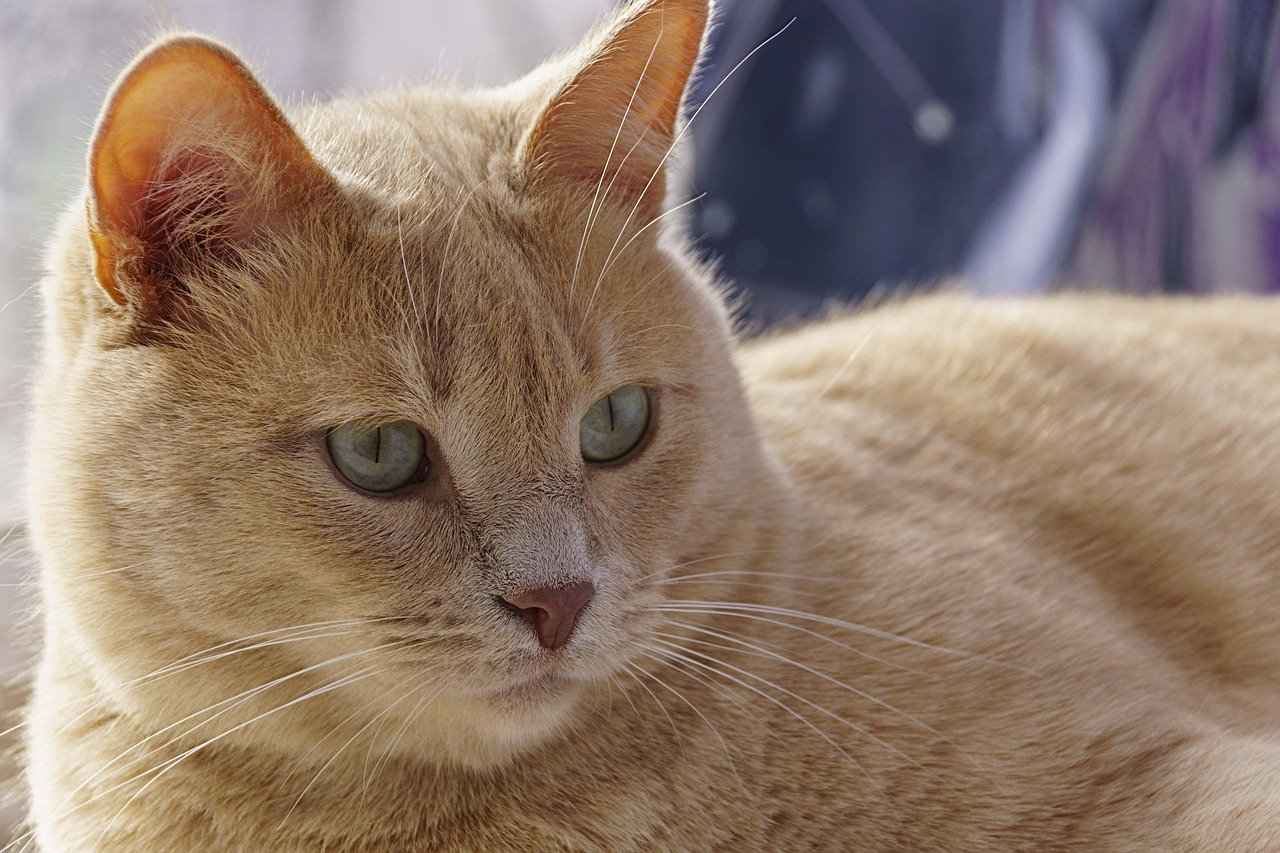
For most cats, exposing their belly is the ultimate sign of trust. It’s their most vulnerable spot, and they only show it when they feel completely at ease. If a rescue cat rolls over and allows you to touch their belly—even for a moment—it’s a huge milestone. Approach gently, as some cats might still startle, but know that this behavior means your cat is letting go of fear. It’s a silent “thank you” for making them feel safe.
Mirroring Human Emotions
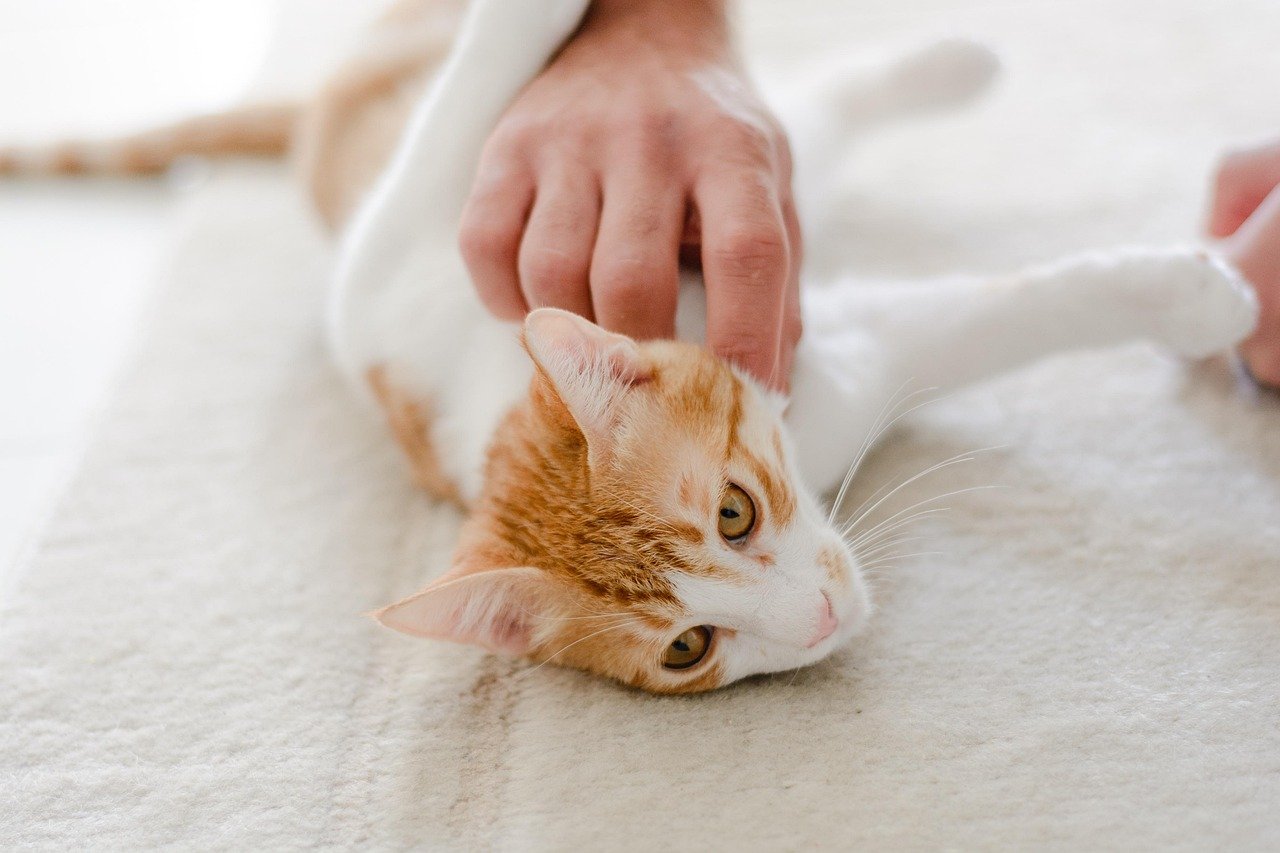
As they heal, rescue cats become attuned to their humans’ emotions. You might notice your cat comforting you when you’re sad or joining in your joy when you’re happy. This mirroring behavior shows a deepening connection—they’re picking up on your mood and responding in kind. Whether they curl up beside you during a tough day or play more energetically when you’re cheerful, it’s a clear sign that your cat feels secure enough to engage emotionally.
Using Scratching Posts Confidently
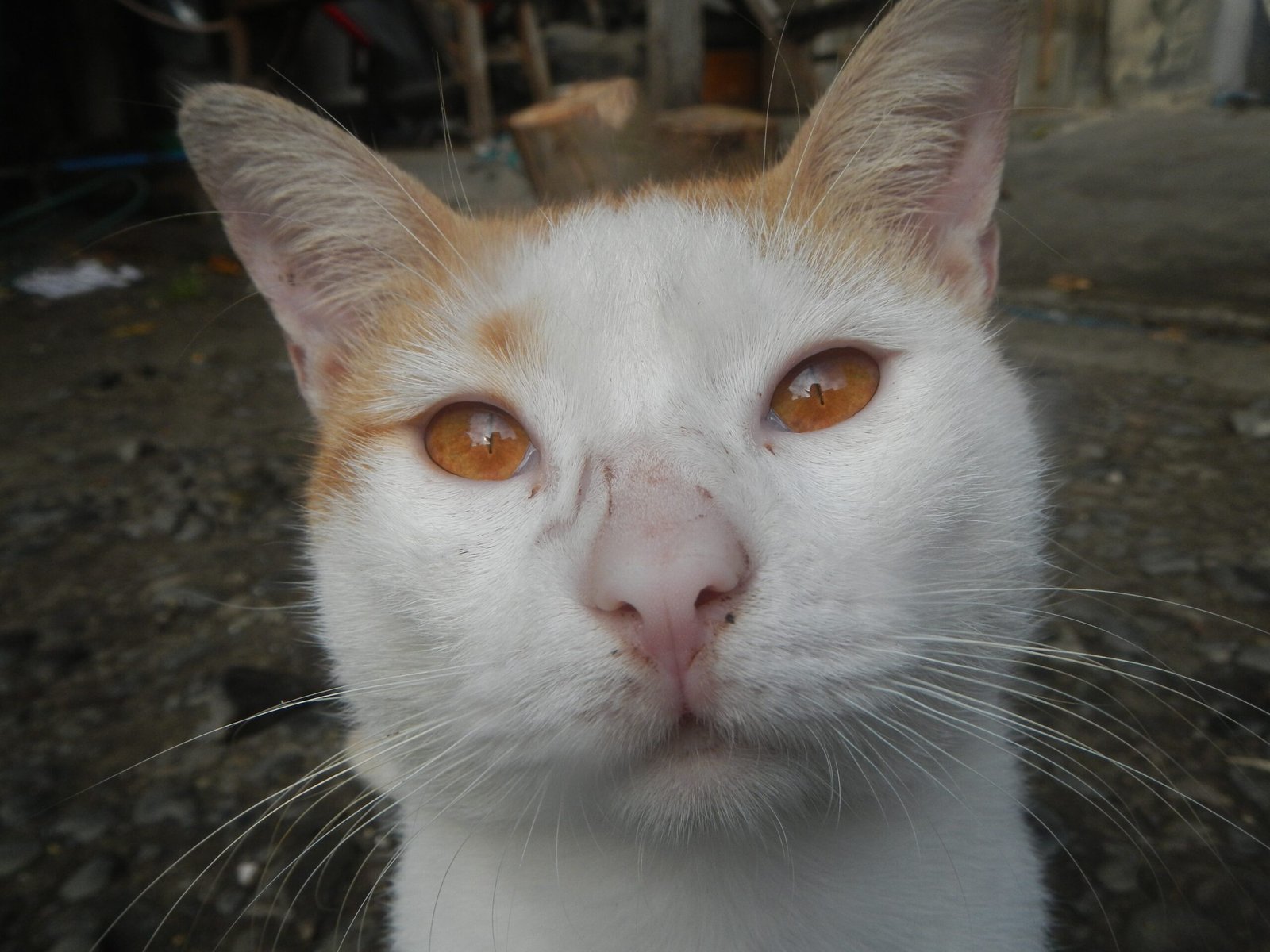
A fearful cat might ignore scratching posts, too worried about exposing themselves. But a healing cat will start to scratch openly, stretching tall and flexing their claws. This is both a physical and emotional release, marking their territory and saying, “I belong here.” Confident scratching is a sign that your cat feels at home and is comfortable enough to express their natural instincts. It’s a small but important step in the journey from rescue to recovery.
Brief Bouts of Zoomies
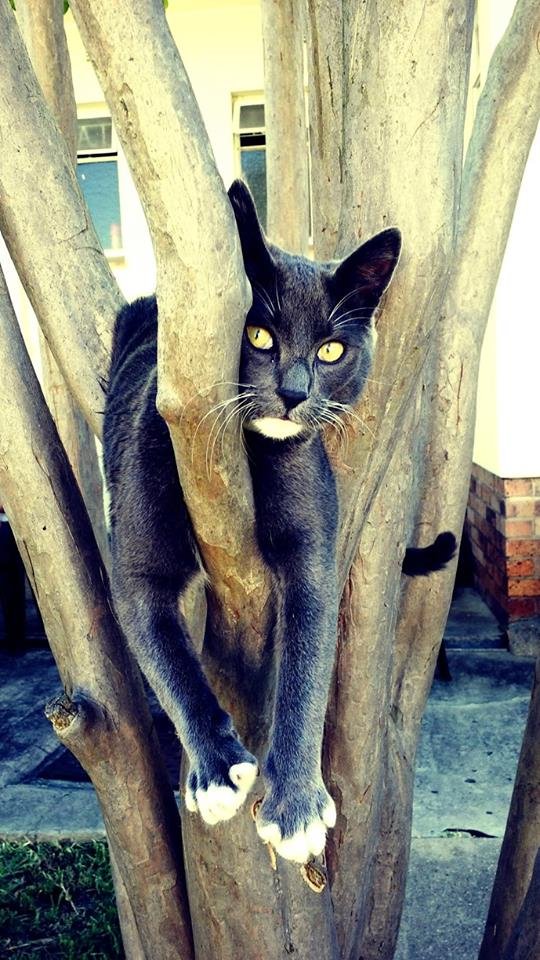
Few things are more delightful than a cat getting the “zoomies”—those wild, energetic sprints around the house. For a rescue cat, zoomies are a sign of happiness and comfort. They’re letting loose, releasing pent-up energy, and expressing pure, unfiltered joy. The first time you witness your once-cautious rescue cat darting down the hallway, it’s hard not to smile. Zoomies are the ultimate proof that your cat is healing—body, mind, and spirit.
Hi, I’m Bola, a passionate writer and creative strategist with a knack for crafting compelling content that educates, inspires, and connects. Over the years, I’ve honed my skills across various writing fields, including content creation, copywriting, online course development, and video scriptwriting.
When I’m not at my desk, you’ll find me exploring new ideas, reading books, or brainstorming creative ways to solve challenges. I believe that words have the power to transform, and I’m here to help you leverage that power for success.
Thanks for stopping by, Keep coming to this website to checkout new articles form me. You’d always love it!






